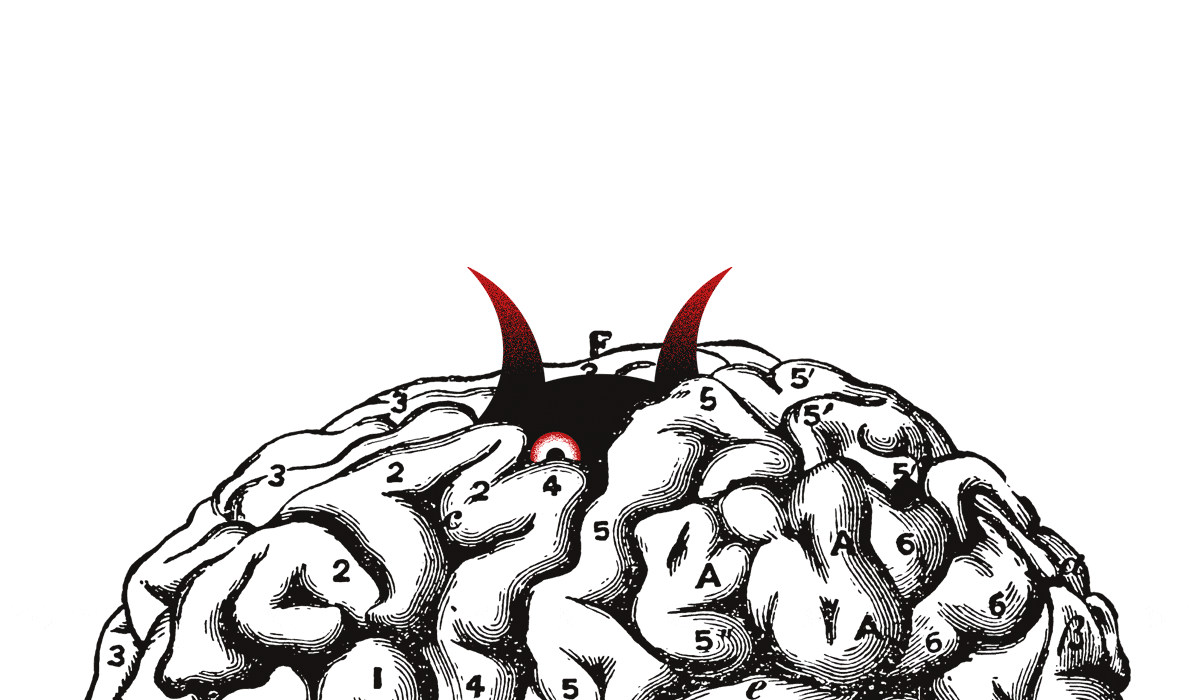To say that phobias and coronavirus go hand in hand might sound obvious, but is it really?
Anxiety to go out or agoraphobia, to be at home or claustrophobia, fear of germs and to get sick or misophobia and nosophobia.
How to differentiate them from protective fears, and how to understand that sometimes the mind induces us to look for what causes them?
When we are faced with logical and reasonable fears, but excessive, our fears run the risk of transforming, through anxiety, into phobias.
They consciously want to avoid each other, however, as Sigmund Freud observed, linked to phobia, there is often a counterphobic impulse, which harbors an unconscious desire to confront and dominate what is feared, rather than evade it.
That is, we are in conflict over what we fear.
A relevant case is the engineer Gustave Eiffel, who suffered from acrophobia.
He has imagined and designed structures of considerable height, such as the Statue of Liberty, among his first projects.
Eiffel defied gravity - and his fears - by modifying the original design so that it could withstand strong winds.
From the heights, the Eiffel Tower offers one of the most magnificent views of Paris.
Are your works some kind of compensatory mechanism by which you tried to deal with your own phobia of heights?
In the words of Fernando Savater in an essay entitled
What does it mean to tremble
(included in the volume
The recovered childhood)
—In which he describes his predilection for horror stories—, the writer details that “from so much living with that specter that bears our name we get to grow fond of it.
Giving thickness and color to the anguish that gnaws at us, liberates us in a certain way from it by projecting it outside;
but, above all, it allows us to see it, that is, to admire it ”.
How and why phobias arise remains a mystery.
When fear reaches irrational levels, a combination of genetic, environmental and psychological factors is very likely to come into play.
Fortunately for those who suffer from them, most of the time, there is the possibility of treating them successfully, without necessarily having to elucidate their origin.
The specific phobia of an object or situation (of heights or flying, for example) causes anxieties that are out of proportion to the danger posed, provokes fear and avoidance.
Often there are more than one, and they are associated with panic attacks;
They endure, unlike fleeting anxieties, cause intense physical and psychological reactions, and can affect the ability to function normally at school, work, or in social settings.
Not all phobias require treatment, but when they affect daily life, therapy can help overcome them.
Magnetic resonance imaging studies have shown two brain circuits involved in fear: the first, which activates it, constituted mainly by the amygdala - which is part of a mediating network of emotions and memory - while the second, made up of several regions of the cerebral cortex, simultaneously inhibits it.
Just before getting on the slide, the child feels a rush of adrenaline and feels the fear that activates the amygdala.
Moments later, the second system that modulates the fear response turns it off, contains the fear, and allows it to slide - this dual system is one way of understanding counterphobias.
The brain mechanisms of fear are part of our survival device, which detects and responds to danger and involves the amygdala, however, simply activating it is not enough to create a feeling of fear.
Fear, according to Joseph LeDoux, professor of neurosciences, director of the Emotional Brain Institute at New York University and a pioneer in the study of emotions, is a psychological response that we construct, it is the result of inferences that our brain makes.
"Only organisms capable of being aware of what is happening can experience fear."
According to LeDoux, we have more control over our emotions than we think, "the experiences we have today will be the brain's predictions tomorrow."
How could coping with the phobic situation during the treatments of exposure to what causes us panic improve the phobic behavior if it made it worse before?
To quote Savater, “where danger lurks, what relieves it also grows, or, more simply, the well-known Latin saying:
similia similibus curantur”
.
When the threat is consciously perceived and deliberately addressed, in individualized, manageable, and staggered steps, fear is mastered.
It is, so to speak, a flight in reverse, as happens with children, who are attracted to feeling fear from a safe environment.
On the other hand, phobias with a more complex meaning — such as those caused by traumatic experiences — are less likely to respond to exposure therapy alone.
We all have unconscious defenses and it is difficult to make conscious what has been repressed, or to get rid of them on your own.
In such a situation, the goal is to understand the phobia in depth and change the mental processes that escape awareness to help modify the behavior.
"It is not in the world that surrounds him where the subject places danger, but within his own psyche", points out the author Pierre Mannoni in his study on fear.
David Dorenbaum
is a psychiatrist and psychoanalyst.




/cloudfront-eu-central-1.images.arcpublishing.com/prisa/UGT3A2CDINB3LN3NMTZ4RJJOTU.jpg)

